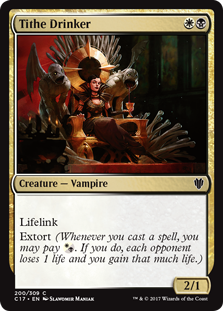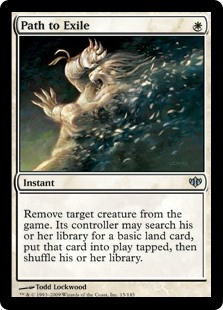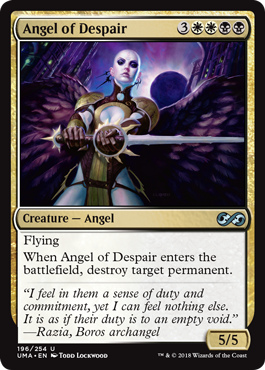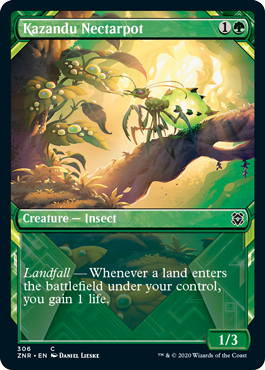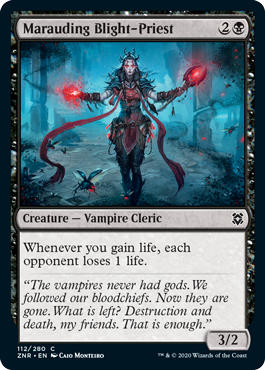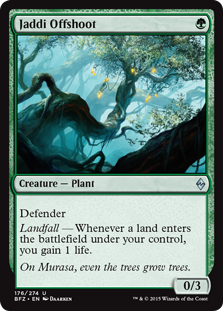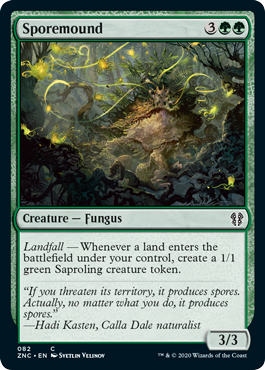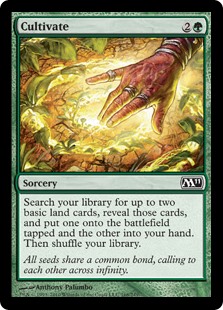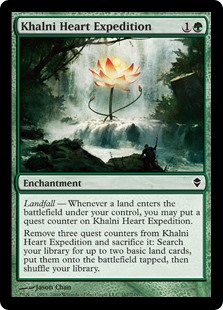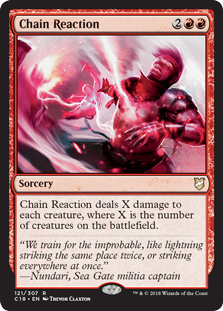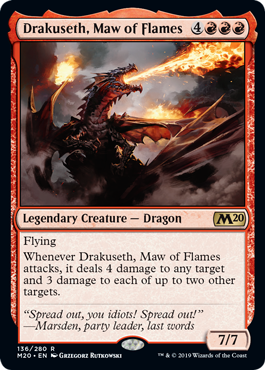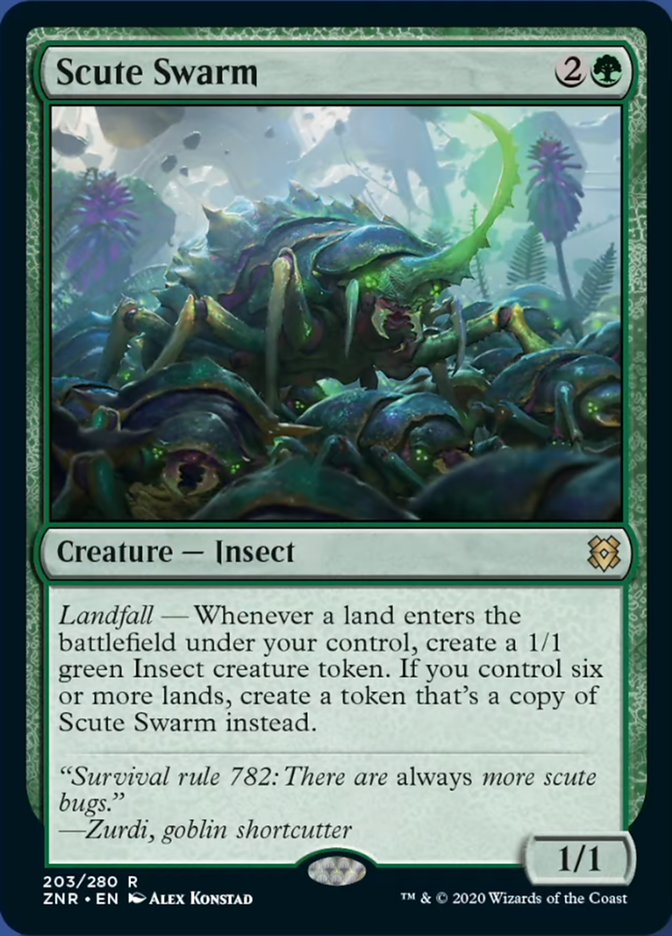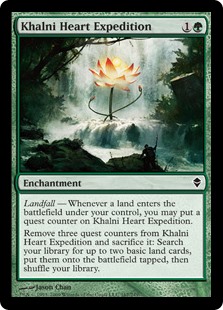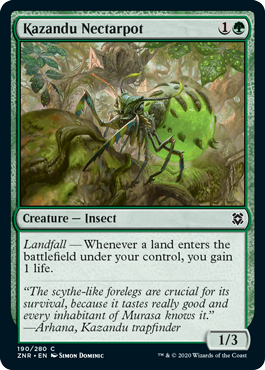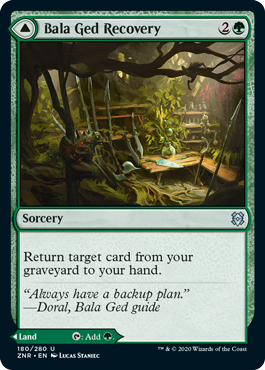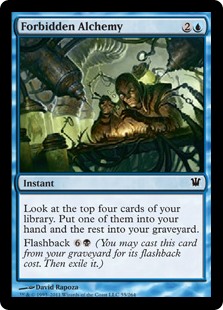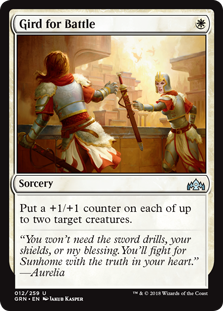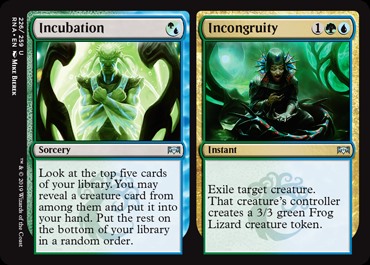It’s almost Christmas and you know what that is all about: magic, trees and surprises. In the nature of this special holiday I have exactly these three aspects of it wrapped into a present. The deck I want to discuss is all about decorated trees, just like Christmas, but I’m slowly going to unwrap this present for you.
The wrapping
This deck is like a present, so I’m not going to tell what it is, we have to unwrap it first, starting with e start the outside of the package. This package is all wrapped up in green and red, the Christmas colours, so Forests and Mountains. The deck is mostly green and only needs a little red, but it also has some non-basic lands, i.e. 3 Skarrg, the Rage Pits and 3 Mosswort Bridge. This might indicate that there are creatures that want a little boost and trample and that the deck can easily gather 10 points of power among the creatures it plays, but I’m not going to tell…
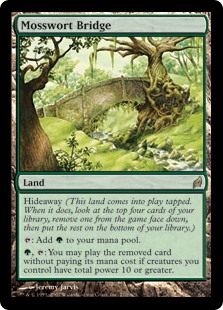
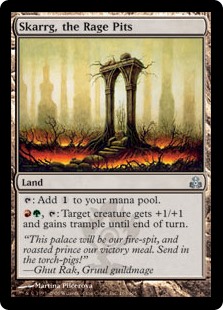
| Lands |
| 3 Mosswort Bridge 3 Skarrg, the Rage Pits 10 Forest 5 Mountain |
The box
Now we get to the shell of the deck. The core. The basis. But we still don’t know exactly what’s in there. We see 4 Arbor Elf, 4 Magus of the Candelabra, 4 Utopia Sprawl and 4 Overgrowth. Apparently this deck wants to ramp quickly by untapping a Forest enchanted with either Utopia Sprawl and/or Overgrowth. Talking about decorated trees…


| Creatures | Spells | Lands |
| 4 Arbor Elf 4 Magus of the Candelabra | 4 Utopia Sprawl 4 Overgrowth | 3 Mossworth Bridge 3 Skarrg, the Rage Pits 10 Forest 5 Mountain |
The present

We open the box and what do we see there? It is a playset of Tooth and Nail! Now we know what all the mana ramp cards are for: playing an entwined Tooth and Nail and busting out two big creatures. If there are big creatures in the deck of course.
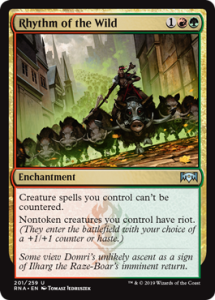

But there is more. 4 Rhythm of the Wild and a Tuktuk Rubblefort give all my creatures haste. That could be really strong with an entwined Tooth and Nail bringing two big beasts into play. There are big creatures in there, right?
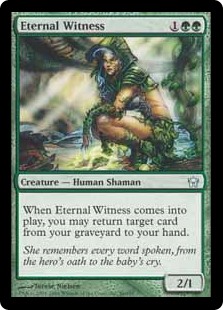
Ok, 1 Eternal Witness is probably there to be able to recycle a Tooth and Nail. 4 Harmonize can help find Tooth and Nail, Rhythm of the Wild or more Utopia Sprawls/Overgrowths if needed. 1 Greater Good is probably there for the same purpose. But these are only really good with big creatures. Come on, bring the beatsticks! Free the fatties!
The real treat
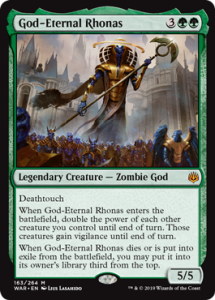
On the bottom of the box comes the thing everyone was waiting for. First up we see a God-Eternal Rhonas to double the power of the coming army. We see an Etali, Primal Storm, able to steal some thunder and/or creatures from your opponents, while being a sturdy 6/6 itself. Unfortunately it doesn’t have evasion itself, but a Skarrg, the Rage Pits can help with this.

Next up is a Flameblast Dragon, able to soar the sky and when it attacks, it can shoot a Fireball at any target. The multitude of ramp in the deck can really help to take out a big blocker on the other side of the table or to burn on of your opponents out of the game.

The all star line-up continues with a Sylvan Primordial. It can block pesky flyers coming your way and take out permanents that hinder you when it comes into play. It can even take out lands, which can be good early in the game, when you are the only one with enough mana to play things. I would not recommend this though, it often makes you a premium target in the next game or even the entire evening. Land destruction is not fun.

Finishing big

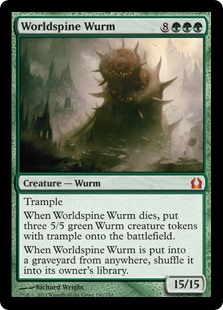
However sweet these biggies are, they are little compared with a single Ghalta, Primal Hunger and Worldspine Wurm. In most cases, these are the creatures you want to bring out with your Tooth and Nail. But wait, there’s more!

In a multiplayer game there are more than just one opponent, so you want the power to end all your opponents quickly. Enter Caller of the Pack. This creature makes copies of itself whenever it attacks for each opponent minus the opponent that you attack with Caller of the Pack. At the end of the turn the tokens disappear, but when you have Greater Good out, you can sacrifice them for some extra cards before they leave play. If you want to be really fancy, you can pair the Caller with Pandemonium, attack and deal a lot of damage just with the tokens. Dropping a Pandemonium will often make you target number one at the table, I found out.
All combined it makes this nice deck for the holidays. It comes out of the gate really fast with the mana ramping and beats hard with all the big creatures in the deck that get haste from the Rhythm of the Wild. It is really fun to beat down your opponents with a Ghalta, Primal Hunger and Worldspine Wurm on turn four. Share the beats this Christmas and see you at the next sixty!
| RG Mother Mayhem | ||
| Creatures | Spells | Lands |
| 4 Arbor Elves 4 Magus of the Candelabra 1 Eternal Witness 1 Tuktuk Rubblefort 1 God-Eternal Rhonas 1 Etali, Primal Storm 1 Flameblast Dragon 2 Caller of the Pack 1 Sylvan Primordial 1 Worldspine Wurm 1 Ghalta, Primal Hunger | 4 Utopia Sprawl 4 Overgrowth 4 Rhythm of the Wild 4 Harmonize 1 Greater Good 4 Tooth and Nail | 3 Mosswort Bridge 3 Skarrg, the Rage Pits 10 Forest 5 Mountain |




